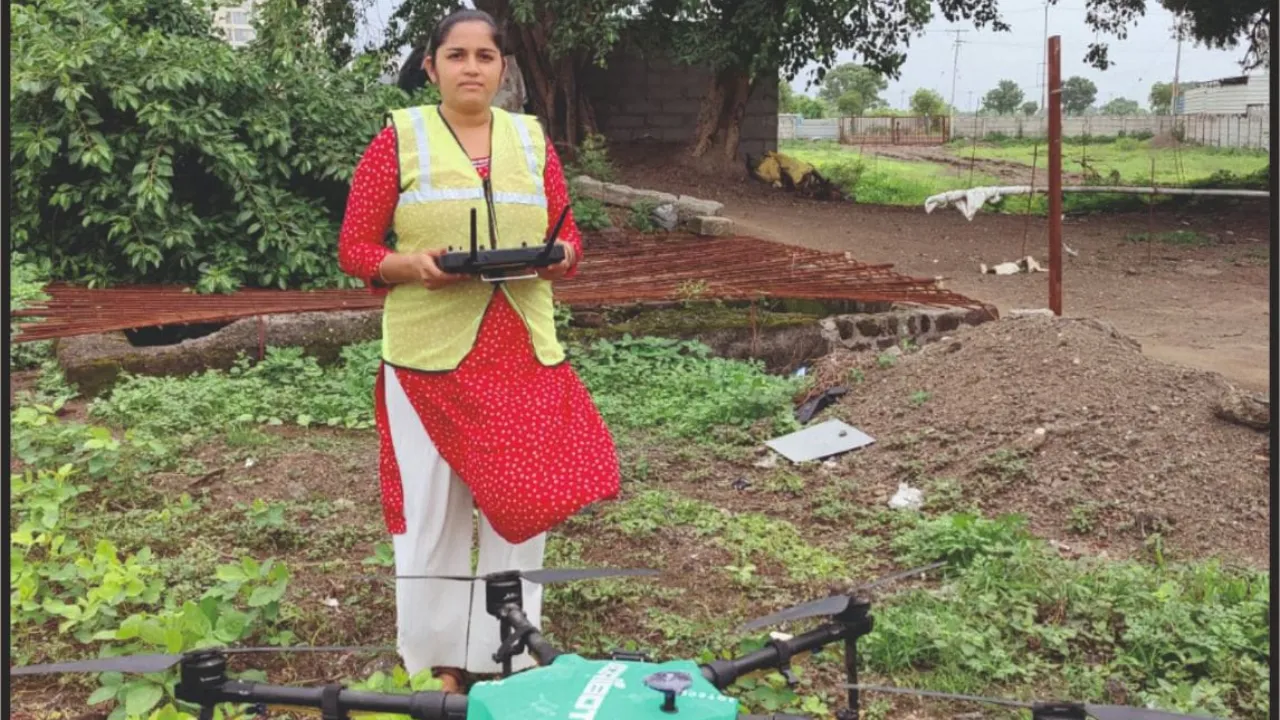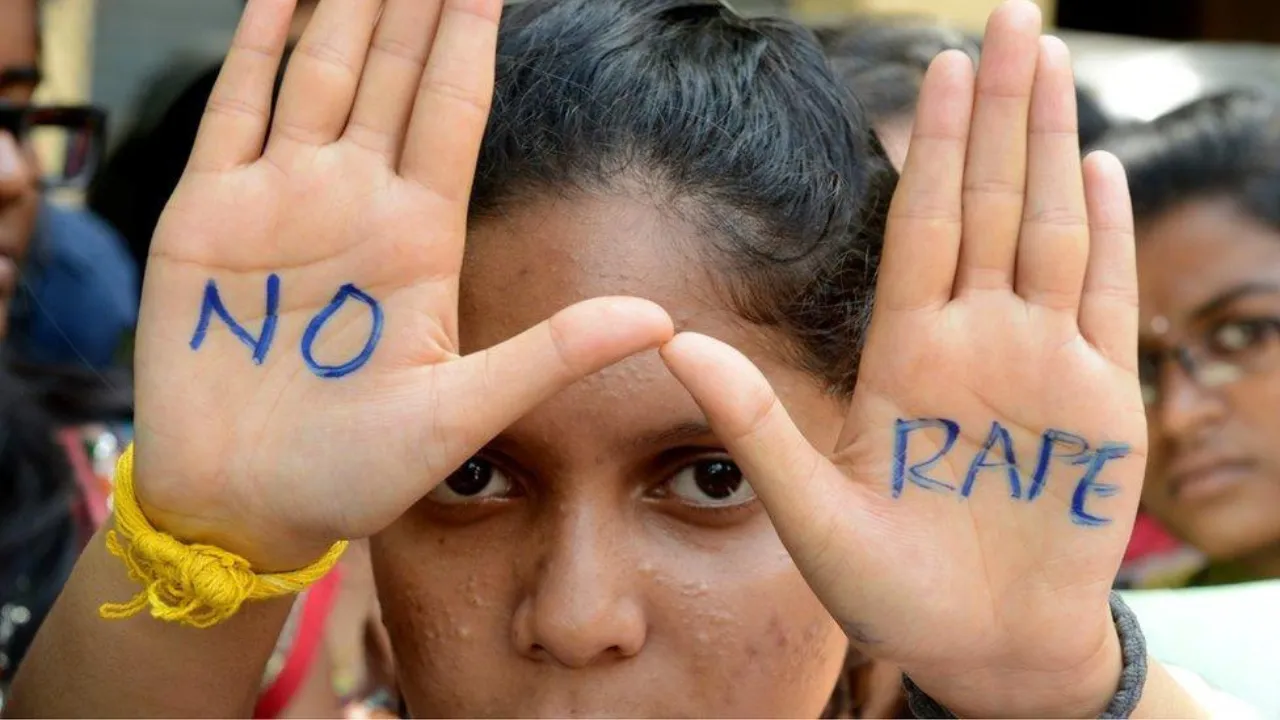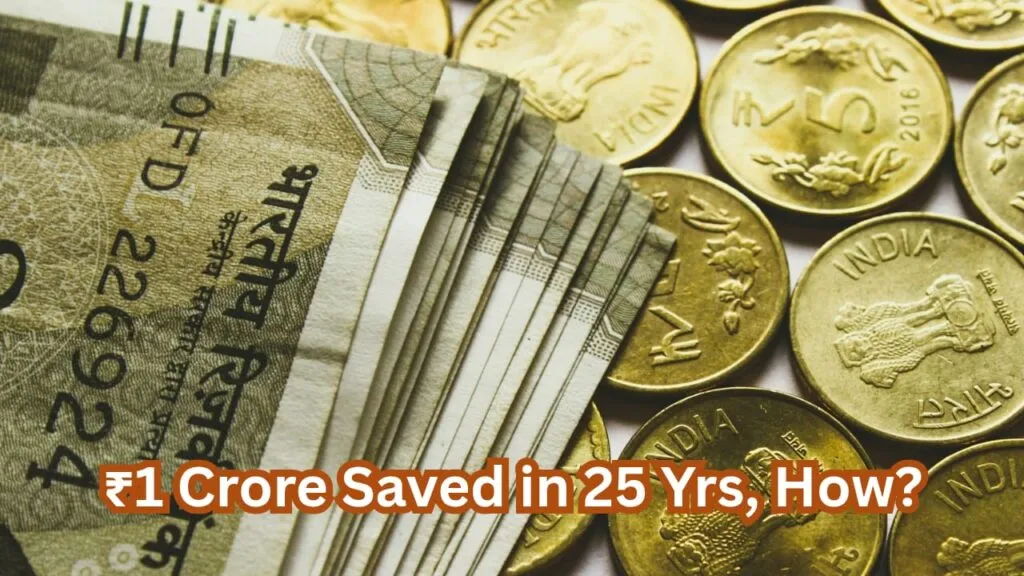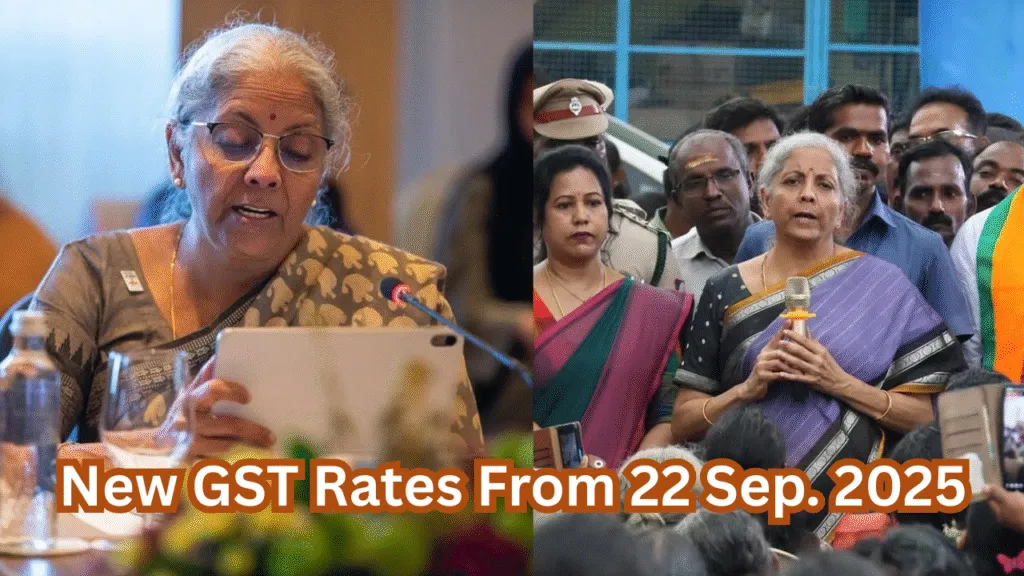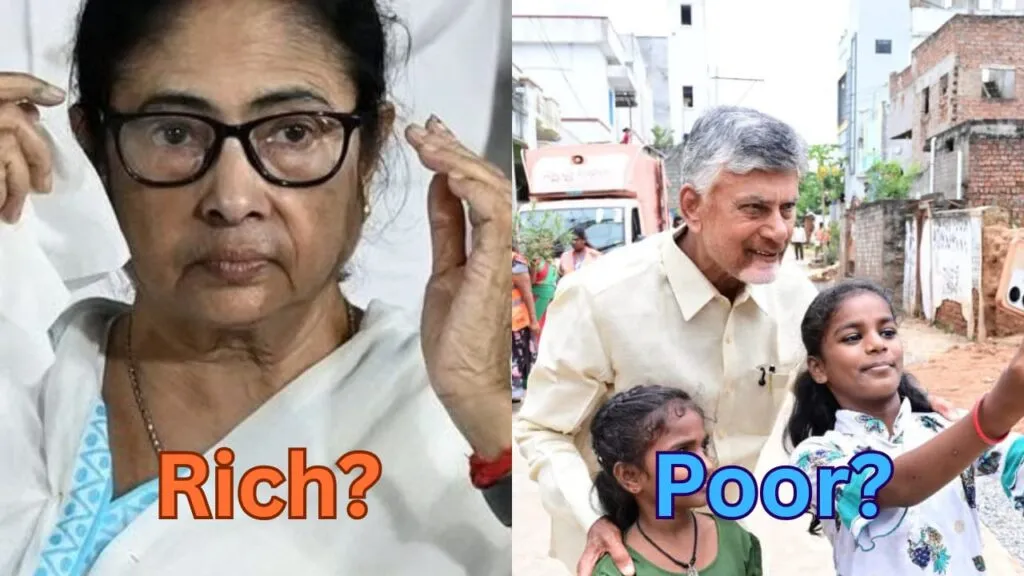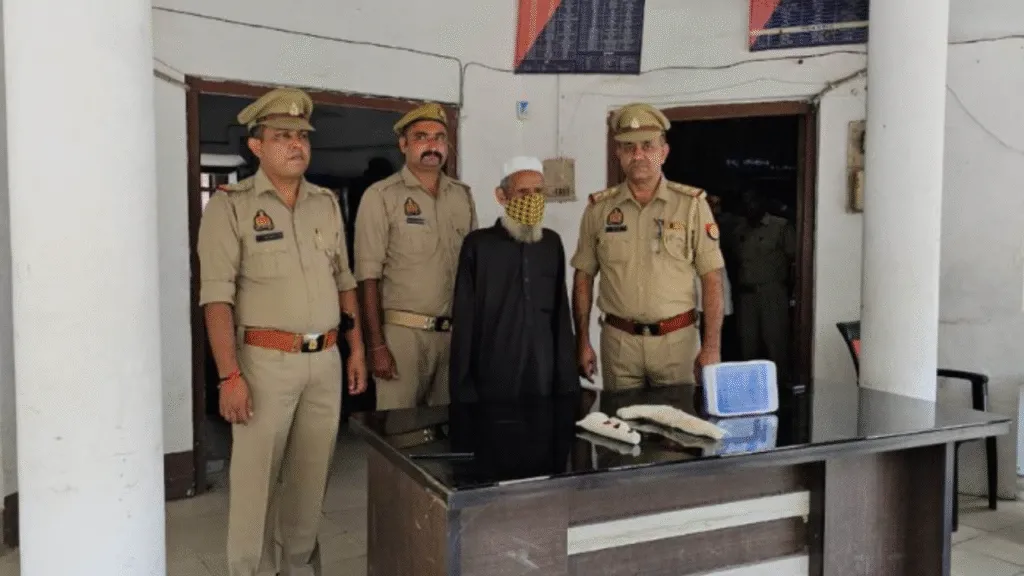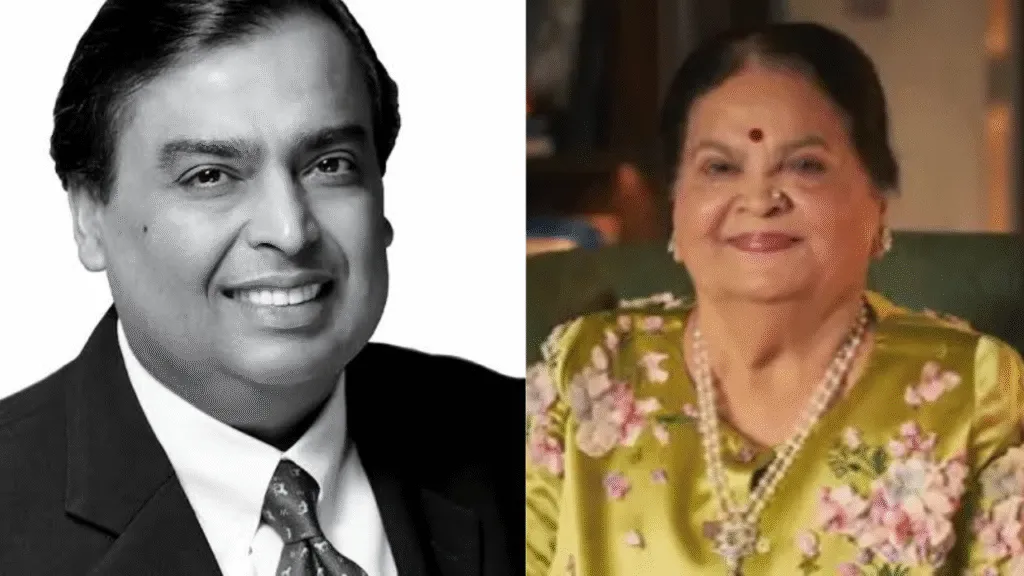What is Drone Didi Yojana that is revolutionising rural India?
Drones are no longer just gadgets for hobbyists or high-tech firms. In India, a focused push to put drones into the hands of rural women is changing how small farms are managed, how services are delivered, and how women earn a living. The Drone Didi Yojana (often referenced as Namo Drone Didi in official releases) is at the heart of this change — a government-backed programme that trains and equips women’s self-help groups (SHGs) to run drone services for agriculture and allied work.
Why the name matters: “Drone Didi Yojana” in a sentence
“Drone Didi” combines two ideas: advanced drone technology and “didi” — a familiar, respectful term for an elder sister or woman. The name deliberately signals a local, women-led, community-first approach to modern farming technology. That framing helps the scheme land socially in villages and rural clusters, while the “Yojana” part marks it as an organised government effort.
What the scheme does — quick, practical facts
Scale and budget
The central scheme aims to equip around 14,500–15,000 women-led SHGs with agricultural drones over the programme period, backed by an allocation of roughly ₹1,261 crore for implementation (covering procurement, training, and operational support). The plan runs across multiple financial years and is routed through existing rural livelihood structures such as DAY-NRLM and Krishi Vigyan Kendras (KVKs).
What the drones will be used for
The primary agricultural use is aerial spraying — pesticides, liquid fertilizers, and nano-urea — which saves time, reduces human exposure to chemicals, and covers large areas faster than manual spraying. Beyond spraying, drones can be used for seed sowing in certain crops, crop-health monitoring, surveying fields, and helping disaster response where applicable.
How it empowers rural women
New income streams for SHGs
Instead of seasonal wage work or limited micro-enterprises, trained “Drone Didis” can offer paid drone services to nearby farms. Case studies already show groups earning meaningful extra income by contracting spraying services and area surveys — turning high-value technology into a recurring revenue stream for households. This shifts women from being farm labour recipients to service providers.
Skills, certification and legitimacy
Training centres — including collaborations with technical institutes (IITs, approved academies) and private partners — provide hands-on drone piloting, maintenance, and regulatory compliance training. Successful trainees receive Remote Pilot Certificates (RPC) as per DGCA guidelines, giving the work formal recognition and increasing trust among farmers.
Field results and early wins
Stories from the ground
Local rollouts and pilot projects offer encouraging numbers. For example, a group of trained women in Varanasi provided drone spraying across thousands of acres and reported significant earnings and quicker service delivery for farmers — an early sign that demand exists when reliable operators are available. These pilots also show the social ripple effect: increased respect in the community and higher decision-making power at household and village levels for women operators.
Environmental and efficiency benefits
Drones offer precise chemical application, which reduces waste and drift, and allows use of advanced formulations like nano-urea. That can lower costs and environmental impact versus conventional broadcast spraying. Faster coverage also reduces crop loss during critical windows, improving productivity for smallholders.
Challenges and realistic limits
Cost, maintenance and local aftercare
Drones are capital-intensive. Even if the central scheme subsidises or supplies equipment, regular maintenance, batteries, repairs and spare parts remain ongoing costs. Establishing reliable local maintenance chains and vendor tie-ups is essential for long-term viability.
Regulation and safety
Drone operations in India are governed by DGCA rules (RPCs, airspace restrictions). Ensuring compliance — including safe flight corridors, insurance and risk mitigation — is non-negotiable. Training must emphasise safety, privacy, and responsible use to avoid accidents or backlash.
Seasonal demand and business models
Spraying demand is seasonal. To keep income steady, SHGs need diversified services (surveys, mapping, seed sowing, even non-agri tasks like small logistics). Building a sustainable micro-enterprise model around the drone rather than a one-off government giveaway is the long-term goal.
What needs to happen next for Drone Didi Yojana to scale well
Strengthen local ecosystems
States and district agencies should set up hub-and-spoke service centres — shared repair, battery-swap, and training hubs — to support remote operators. Public-private partnerships with drone manufacturers and agri-tech firms can reduce downtime and bring economies of scale.
Market linkages and awareness
Demand generation is crucial. Extension services, KVKs and local agronomists must coordinate to educate farmers about when drone spraying saves time and input costs, and to ensure scheduling works for both operators and farmers. Clear pricing models and farmer testimonials will accelerate adoption.
Data and impact tracking
A central portal and dashboards (already being piloted) to map drone deployments, training outcomes and performance metrics will help policymakers iterate the scheme, allocate resources fairly, and showcase impact. Transparent data will also attract private investment and scale adoption.
Bottom line — why Drone Didi Yojana matters
The Drone Didi Yojana is more than a tech handout; it’s an economic and social lever. By combining training, certification, targeted equipment distribution and community ownership, it converts advanced agri-technology into rural livelihoods for women. Early pilots show tangible income, faster services for farmers, and an aspirational pathway for women to lead local tech-enabled enterprises. If implementation focuses on maintenance, regulation and market linkages, the scheme can sustainably transform rural service delivery and women’s economic status across many states.
Also Read: Why Aishwarya Rai Declined ₹4,100 Cr Hollywood Hit!
